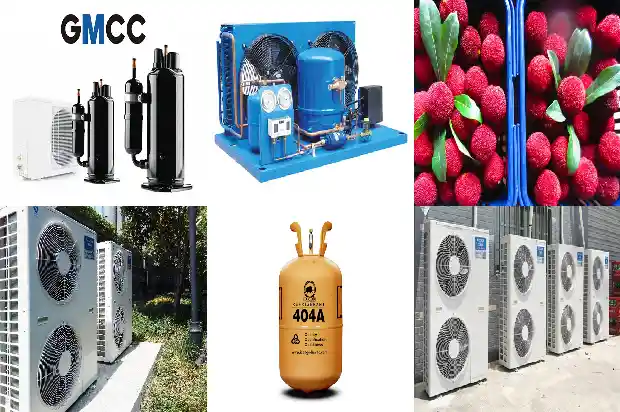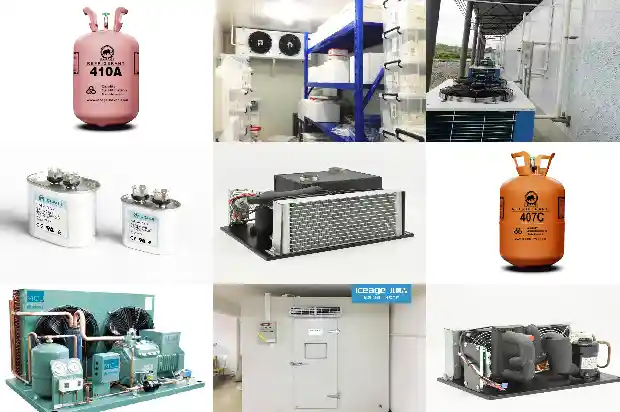Analysis of Causes for Safety Valve Leakage
2024-10-01
Causes of safety valve leakage
a. Damage to the sealing surface of the safety valve seat or disc
The reasons for damage to the sealing surface may be caused by the erosion of the metal sealing surface by corrosive media; it may also be that during the installation of the safety valve, dirt is brought into the valve inlet chamber or sealing surface, and electric welding slag, rust and various solid substances mixed in the medium left in the safety valve inlet pipeline or equipment during equipment installation.
b. Caused by improper installation of safety valve
Improper installation mainly refers to leakage caused by damage or deformation of the valve coaxiality due to the uneven load formed by the incorrect installation of the safety valve inlet and outlet connecting pipes.
c. Caused by high temperature of safety valve
For safety valves used in high-temperature media or installed in high-temperature environments, uneven thermal expansion may occur around the surfacing layer of the valve seat or valve core sealing surface, and the stiffness of the spring becomes softer after being heated, the preload is reduced, and the sealing specific pressure is decreased, resulting in leakage..
d. Improper selection of safety valve
When the opening pressure of the selected safety valve is too close to the actual working pressure of the equipment, due to the fluctuation range of the working pressure of the equipment being close to or exceeding the sealing pressure of the safety valve, it may also cause leakage of the valve.
e. Dirt on the safety valve is sandwiched on the sealing surface
Due to improper assembly, the sealing surface is sandwiched with dirt or the dirt in the equipment and management is sandwiched on the sealing surface, etc., which will cause the valve to leak due to poor sealing.
a. Damage to the sealing surface of the safety valve seat or disc
The reasons for damage to the sealing surface may be caused by the erosion of the metal sealing surface by corrosive media; it may also be that during the installation of the safety valve, dirt is brought into the valve inlet chamber or sealing surface, and electric welding slag, rust and various solid substances mixed in the medium left in the safety valve inlet pipeline or equipment during equipment installation.

b. Caused by improper installation of safety valve
Improper installation mainly refers to leakage caused by damage or deformation of the valve coaxiality due to the uneven load formed by the incorrect installation of the safety valve inlet and outlet connecting pipes.
c. Caused by high temperature of safety valve
For safety valves used in high-temperature media or installed in high-temperature environments, uneven thermal expansion may occur around the surfacing layer of the valve seat or valve core sealing surface, and the stiffness of the spring becomes softer after being heated, the preload is reduced, and the sealing specific pressure is decreased, resulting in leakage..
d. Improper selection of safety valve
When the opening pressure of the selected safety valve is too close to the actual working pressure of the equipment, due to the fluctuation range of the working pressure of the equipment being close to or exceeding the sealing pressure of the safety valve, it may also cause leakage of the valve.
e. Dirt on the safety valve is sandwiched on the sealing surface
Due to improper assembly, the sealing surface is sandwiched with dirt or the dirt in the equipment and management is sandwiched on the sealing surface, etc., which will cause the valve to leak due to poor sealing.

Related Articles
- Analysis of Seven Reasons for Ice Formation in Computer Room Air Conditioners
- Analysis and Troubleshooting of Common Faults in Air - source Heat Pumps
- Analysis of 6 Components in Air - cooled Multi - split Systems
- Analysis of Advantages, Disadvantages and 34 Common Components of Multi - split Air Conditioners
- Common Causes and Analysis of High and Low Pressure Alarms
- Common Causes and Analysis of Compressor Thermal Protection
- Analysis of Common Faults in Compressor Overcurrent and Burnout
- Analysis of Refrigeration Compressor Motor Faults
- Fault Analysis of Working Principle of Screw Chiller Unit
- Analysis and Treatment of Common Low-Pressure Faults in Chillers
- Analysis and Treatment of Common Low Pressure Faults in Chillers
- Water Cooled Unit Principle of Operation and Parameter Failure Analysis
- What Are the Common Causes of Cold Air Blower Noise?
- Air - conditioner Low - pressure Alarm? These Nine Common Causes
- What Are the Causes of Scroll Compressor Damage?
- Causes and Prevention of "Primary Condensation" and "Secondary Condensation" in Fan - Coil Units
- 10 Symptoms and Causes of Abnormal Frosting in Heat Pumps
- 4 Points on Causes of Water Leakage in Closed Cooling Towers
